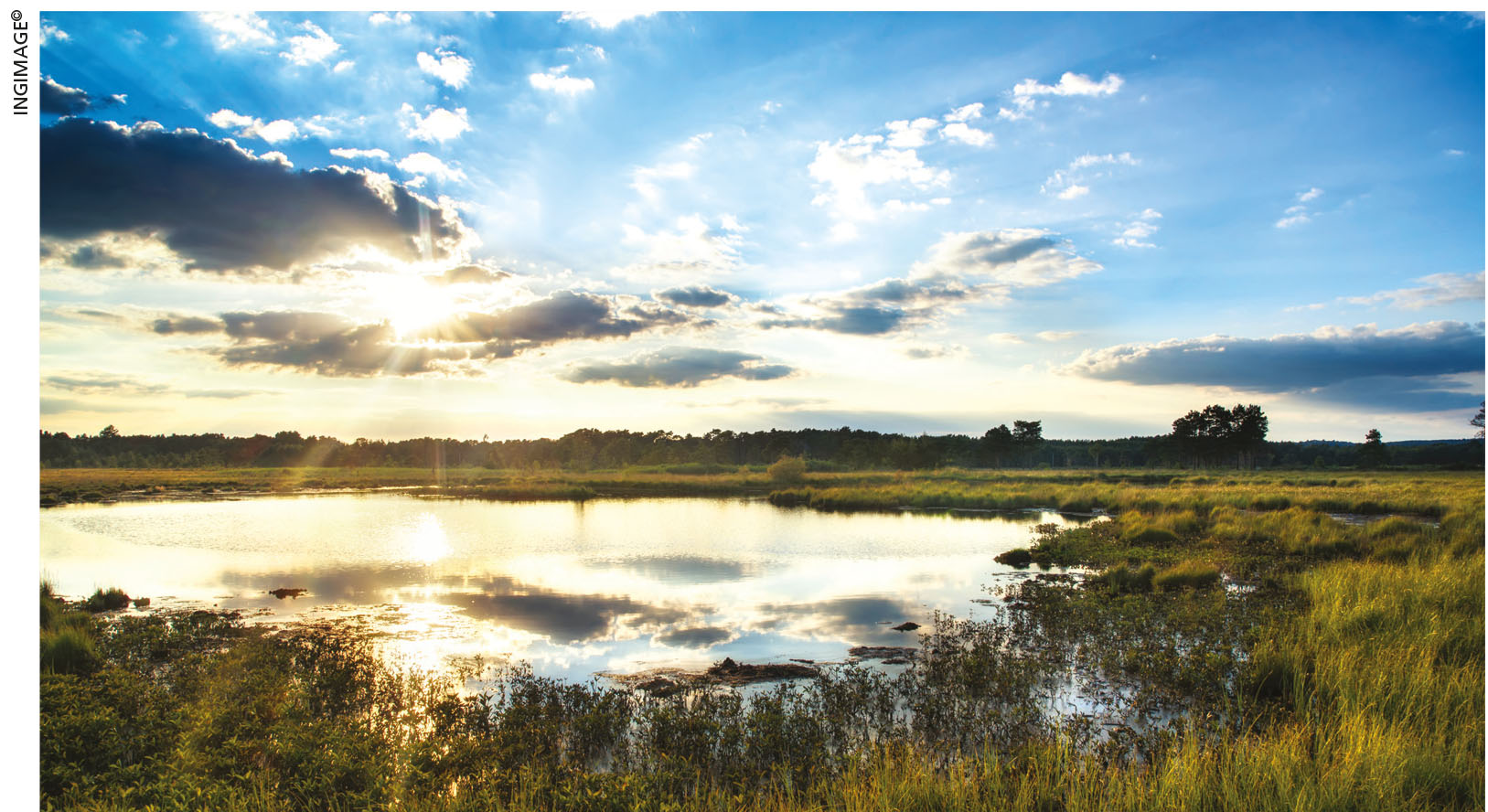NATURE CONSERVATION
CRUCIAL ROLE OF WETLANDS
Why it is critical to protect our dwindling wetlands – by Janaka Perera
Wetlands are among the world’s most valuable environments upon which various plants, animals and humans depend – they have been a lifeline for Sri Lankans since ancient times. This country has a very long history of wetland management with records of tanks (reservoirs) of varying sizes being constructed from as early as 300 BC, mainly in the Dry Zone to provide water for irrigation.
 The tanks gradually evolved into complex systems that cascaded and allowed water from one tank to flow to the next further downstream. These systems are in existence even today.
The tanks gradually evolved into complex systems that cascaded and allowed water from one tank to flow to the next further downstream. These systems are in existence even today.
Wetlands are habitats with a permanent or temporary accumulation of water with associated floral and faunal communities. They possess not only ecological significance but economic value as well.
Some of the island’s natural wetlands that have been recognised as being of international importance under the Ramsar Convention are Bundala, Anawilundawa and Madu Ganga. Similarly, man-made wetlands or tanks also play a vital role in the country’s economic development.
At present, a majority of the wetlands are adversely affected by human activities such as unauthorised filling, waste disposal, pollution due to the discharge of effluent, clearing of natural vegetation in and around wetlands, and the spread of invasive alien species.
The most frequently reported threat is siltation, which is the result of action on lands adjacent or away from the wetlands.
Initially, interest in wetlands was linked to the exploitation of associated natural resources. This resulted in the Convention on Wetlands also known as the Ramsar Convention, which is designed to provide international protection to the widest possible group of wetland ecosystems.
Currently, the broad threats are summarised under four major categories – viz. habitat deterioration or degradation, direct loss or exploitation of species, spread of invasive alien species and natural phenomena.
Overexploitation of wetland plants and animals has resulted in several species facing the risk of extinction. Introduction of several exotic aquatic animal and plant species that have eventually escaped into wild habitats are posing a serious threat to native aquatic biodiversity. Ten species of invasive alien fauna have been documented.
After the civil war ended in 2009, ecological surveys resumed especially in war affected areas. Over the past four years or so, the authorities have been active in designating three wetlands as Ramsar sites. The business sector too has been encouraged to become more involved in wetland conservation.
The government agencies responsible for wetland conservation are the Department of Wildlife Conservation (Sri Lanka’s Ramsar Administrative Authority) and the Central Environmental Authority (CEA), which chairs the National Wetlands Steering Committee. The CEA drafted the National Wetland Policy and Conservation Strategies in 2006.
The Colombo District is home to a variety of wetlands comprising man-made lakes, canals, paddy fields, abandoned paddy land and marshes. They store rainwater, particularly during the heavy monsoon seasons, and function as flood retention areas too.
Wetlands also provide opportunities for recreation and food, in the form of freshwater fish as well as aquatic vegetation. Furthermore, they reduce extreme air temperatures and make the city more habitable while serving as repositories of immense biological wealth.
Although it’s vital to preserve and maintain the unique properties of these wetlands, upcoming projects pose a serious existential threat.
The conservation project in partnership with the Field Ornithology Group of Sri Lanka has pilot tested the conservation of urban wetlands by utilising birds as an umbrella group in five selected wetlands in the district. In addition, further research is to be carried out through the application of the citizen science programme approach.
Natural phenomena also threaten wetlands. A prolonged drought in the Hambantota area resulted in the drying of several tanks, streams, salt marshes and lagoons, causing the death of eight wetland species of fish, one turtle and one aquatic mollusc.
Twelve species of invasive alien flora are spreading in different wetland ecosystems across the island and the rise of seawater temperature (due to climate change) has resulted in the bleaching of coral reefs especially in the southwestern region of the country.
The Hikkaduwa Coral Reef, which was once a rich habitat, is now virtually a dead zone. The December 2004 tsunami caused further degradation of coastal wetlands such as mangroves, lagoons and estuaries.
Meanwhile, the conservation of wetlands in Sri Lanka has been vested mostly with the wildlife sector as reflected by the Fauna and Flora Protection Ordinance of 1938 and its amendments. However, due recognition for the importance of conserving wetlands in the country did not effectively get off the ground until recently



